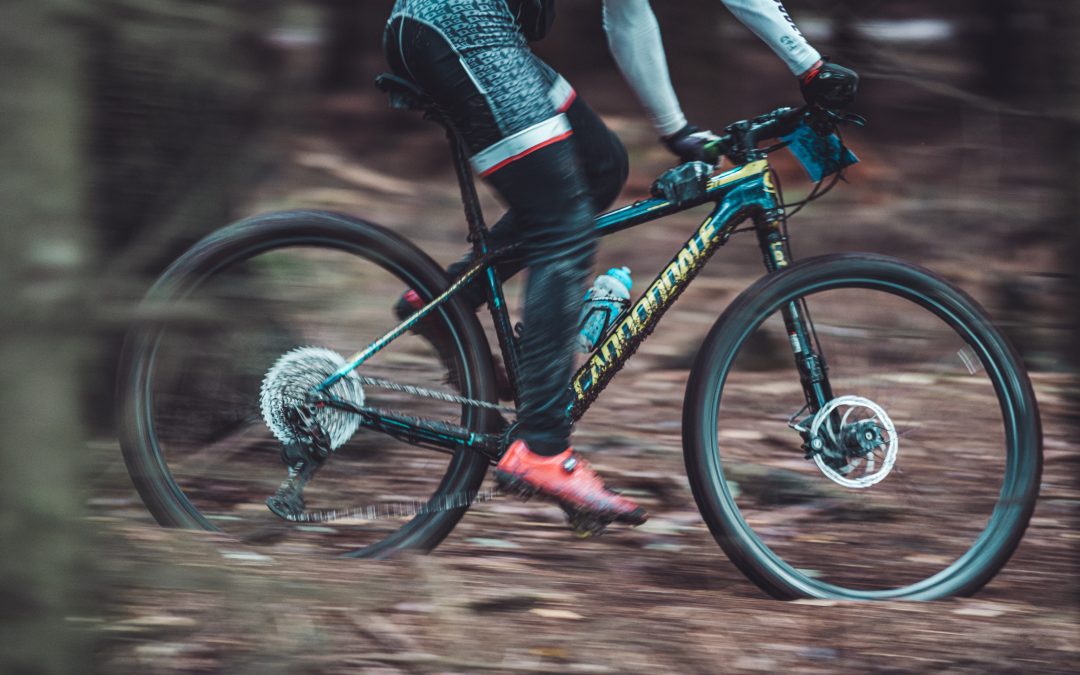Since the bike pedal is the direct contact between your foot and the bike, it is more susceptible to damage than other parts. The Pedal Plate adapters (for mountain bikes) are being stepped on, beaten against stones and curbs, and removed with special type of tools; all of this is increasing the risk of wear. Remember that your bike runs on leg power and the only way to make it perform better (with more consistency) is to take care of its pedals. You may not know all the remedies the pedals need to maintain their durability, but what you can do is gain enough wisdom to keep them in good condition and keep them out of the maintenance store. Care to take notes of the following tips?
Before reading about the ways to maintain your bike’s pedals durability, it’s important to know how it gets affected. The main factor is the usage.
Usage
The frequency of use is the first factor that comes to mind when thinking about ‘the usage factor’. If you are a frequent rider, then your bike pedals will wear down much faster than that of a casual biker.
Weather conditions also fit in this factor. If you like to ride outdoors when it’s raining or snowing, your pedals will face more resistance than when the ground is dry. This can and will cause them to wear down faster.
Check-up
It is important to give your bike a fast check- up before hopping on. First check for loose fasteners, tighten these and replace missing ones. Then check for damaged bindings by comparing the top and bottom of the pedal (make sure they are similar). And last, check for broken or bent springs and other visual damage.
Be sure to replace worn cleats. If you are not sure if it can be called worn out, take new cleats and compare them to the old sole of your shoes). Other signs of use are grooves.
Maintenance
Every biker knows that the pedals are the dirtiest part of a bike. As such, if you don’t clean it, sometimes they could rust quickly. You should remove the adapters carefully to clean the inside parts (the pedal spindle, crank, threads.) These are some steps on how to remove them carefully before cleaning:
- Distinguish the difference between the left and right pedal.
- Grease each.
- Use the axles to loosen them.
- Use a hex wrench to remove the hex key on each of the bike pedal.
- Carefully remove the bike pedals with an Allen wrench.
Another thing to do besides cleaning is to lubricate the pedals. Bike pedals tend to tighten after a while, and if you don’t lubricate them often to make it roll smoothly, it might get stuck.
Check and maintenance may seem like a hand full if you are someone with a busy schedule. Fortunately, at Pedal Plate we offer a lifetime guarantee against breakage and 3 years against cracks and wear. We bet this will come in handy, when your own hands are already full!

